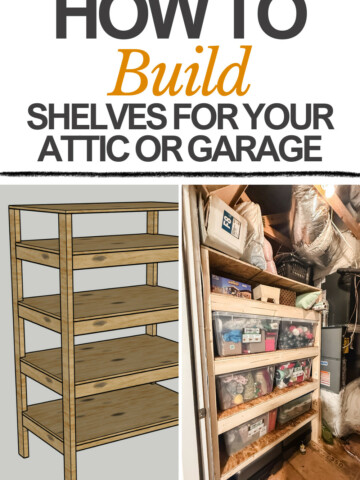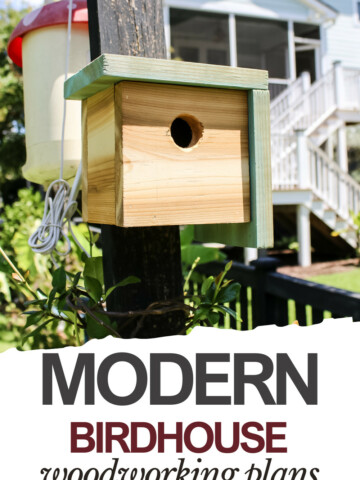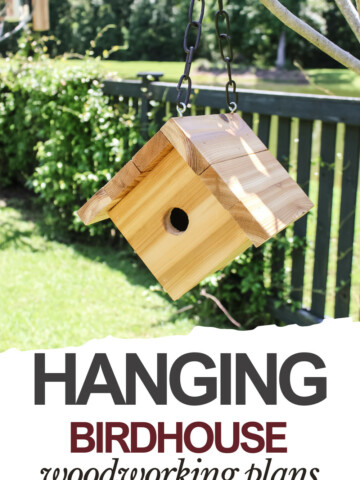Curious about poplar wood? Discover its benefits and how it can make your woodworking projects shine. Understanding poplar wood is your first step to amazing results!
One of the biggest decisions that you have to make when starting a woodworking project is what lumber to use.
Of course, different wood has different pros and cons. Hardwoods are known for being beautiful and more durable when compared to softer wood species.
Poplar is technically a hardwood, but it is considered one of the softest hardwoods. So, it kind of lies in the gray area between soft and hardwoods.
In that way, it is more affordable like softer woods and relatively available at most places that sell lumber, but it can get scratched and dented easily, and it can be hard to stain well.
We do use poplar wood for a lot of projects and so today we wanted to take a few minutes to tell you everything we have learned about poplar, when do use it, and share some tips and tricks for the best possible results when building with poplar wood.
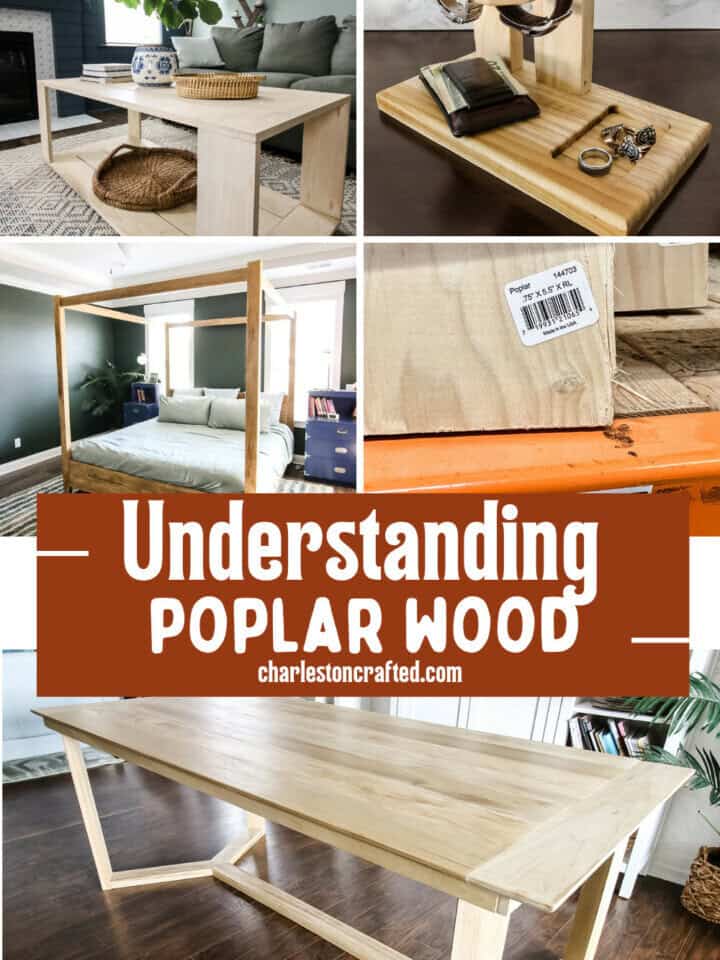
What is Poplar Wood?
Poplar is a versatile and widely available hardwood, known for its affordability, workability, and smooth finish, making it a popular choice among woodworkers for a variety of projects. A "poplar choice" if I may.
When freshly cut, poplar wood displays a creamy white to pale yellow color, sometimes with a slight greenish tinge. Over time, exposure to light can cause the color to darken slightly, resulting in a richer, more uniform hue.
Poplar wood typically has a straight grain pattern, which contributes to its ease of cutting and shaping. This wood has a fine, even texture, making it smooth to the touch and easy to sand to a high finish.
Poplar trees grow rapidly, often reaching maturity in 10-15 years. This fast growth rate contributes to their sustainability and availability.
These trees are primarily found in North America and are especially abundant in the eastern United States. So, if you live in this area poplar might be super common and less expensive.
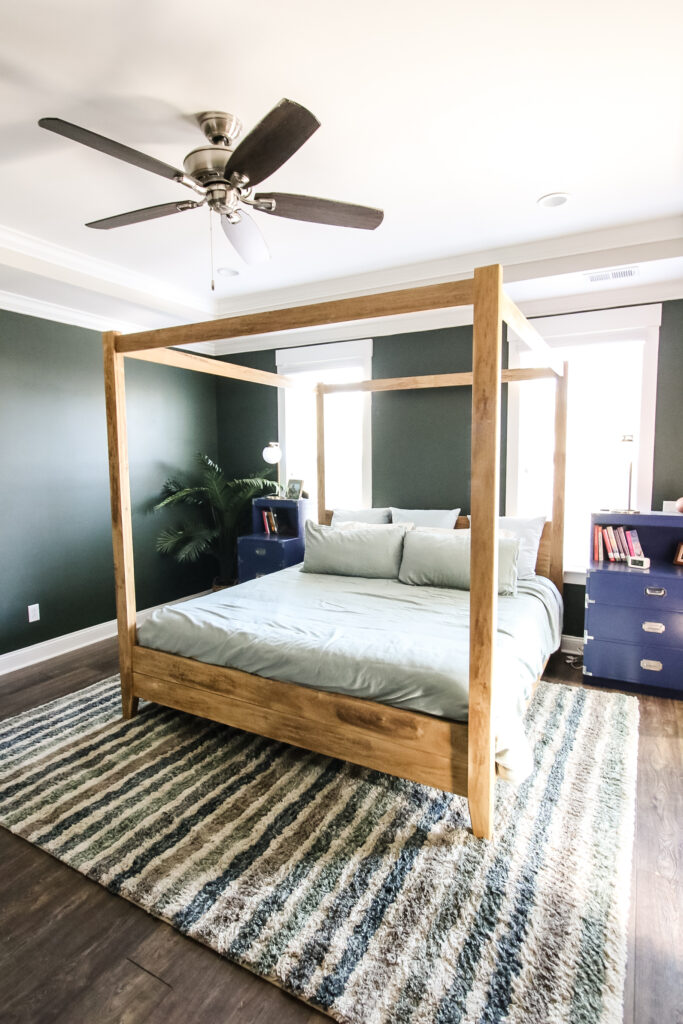
Benefits of Using Poplar Wood
While poplar is not considered a "fine hardwood," there are several reasons to build with it!
Affordability
- Poplar wood is less expensive than many other hardwoods, making it a budget-friendly option for many projects.
- Due to its widespread availability, poplar wood is easy to find at most basic lumber yards and home improvement stores.
- Its affordability makes it ideal for large projects where budget is a consideration.
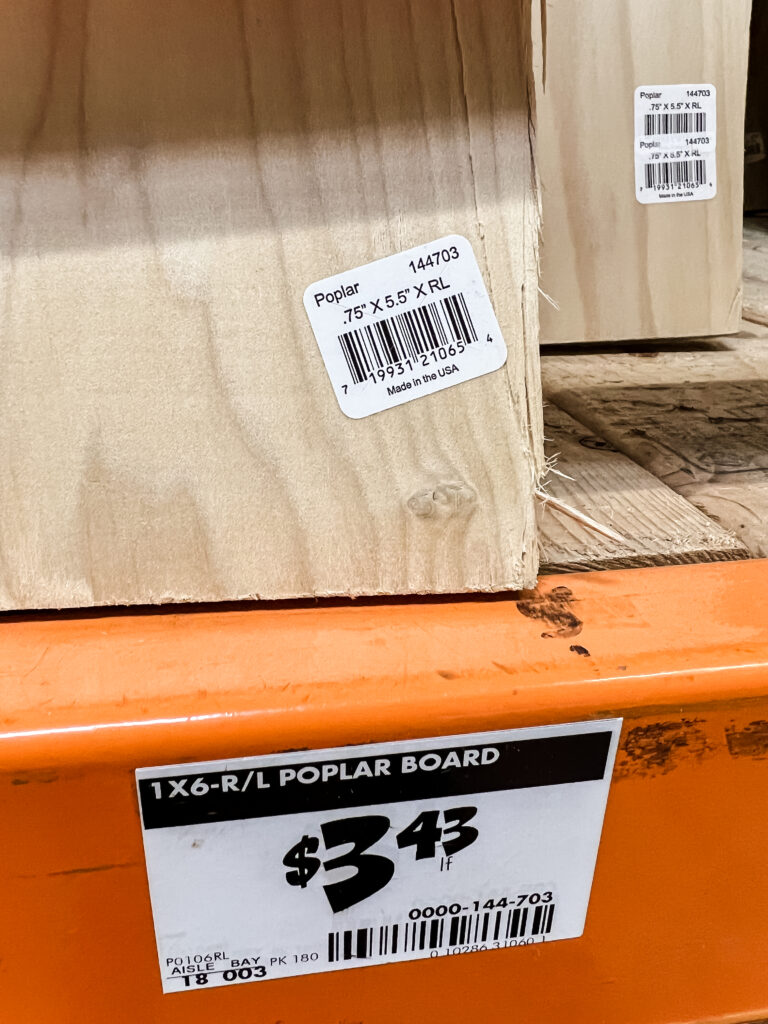
Workability
- Because it's a softer hardwood, Poplar is known for its ease of cutting, making it a favorite among woodworkers for cutting, shaping, and sanding.
- The wood’s softness makes it easy to add nails and screws, and it bonds well with various types of wood glue.
- Poplar wood tends to splinter less than other woods, resulting in smoother edges and surfaces.
Paint and Stain Compatibility
- The fine, even texture of poplar wood provides a smooth surface that takes paint well.
- While poplar can be tricky to stain, using a pre-stain conditioner can help achieve a more even finish.
- Poplar can be painted or stained to mimic more expensive woods, offering lots of options for color and finish.
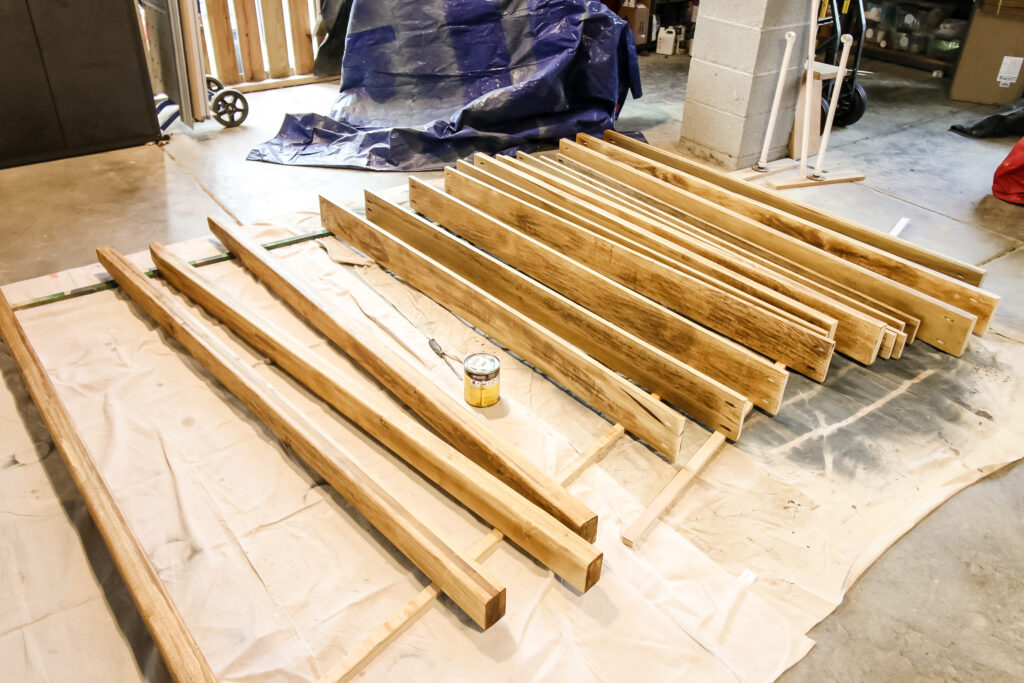
Environmental Considerations
- Poplar trees grow quickly and are considered a renewable resource, making poplar wood an environmentally friendly choice.
- Harvesting and processing poplar wood generally have a lower environmental impact compared to some other hardwoods.
- The use of poplar wood encourages the practice of sustainable forestry, helping to preserve natural ecosystems.
Common Applications of Poplar Wood
Poplar is often used to make furniture, cabinets, trim, molding, and small craft projects. But here are some project poplar is NOT great for.
- Poplar is NOT great for outdoor projects, because it will rot and decay when exposed to moisture. Try these outdoor woods instead!
- Poplar is NOT great for flooring - it's just not hard enough and gets dented and scratched too easily.
- Poplar is NOT great for heavy-duty construction - it's too soft. Use 2x4s instead!
- Poplar is NOT great for furniture that will take a beating. Once again, it gets damaged easily. Use a harder wood instead.
- Poplar is NOT great for carving or fine detail projects. Try mahogany, cherry, or walnut for detailed, natural finishes.
But, if you are building basic crafts and furniture, it can be great to work with!
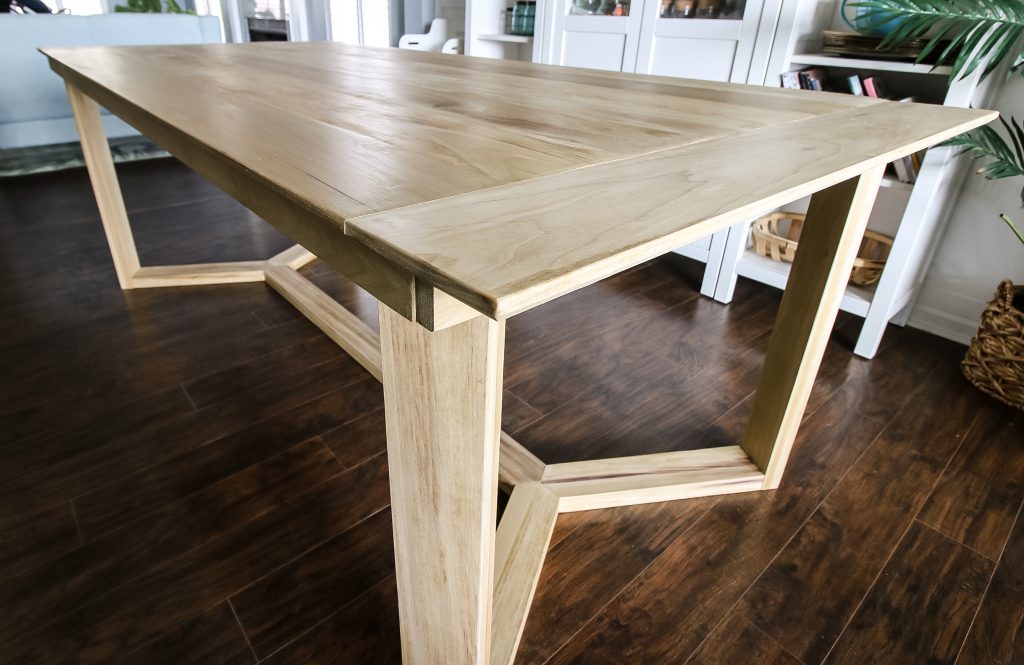
Working with Poplar Wood
While poplar is a hardwood, it is soft enough that it can be cut and worked on with any normal power tools. Your basic beginner tools are perfect for poplar!
Use a sharp, fine-toothed blade designed for cutting hardwoods. This will help achieve smooth, clean cuts and reduce the risk of tear-out.
Always cut with the grain of the wood to minimize splintering. For crosscuts (cutting across the grain), use a miter saw with a fine-toothed blade.
Safety first!
Remember to always follow safety procedures when working with power tools. That means wearing protective gear such as safety glasses, gloves, hearing protection, and dust mask and using appropriate tools to ensure safe construction.
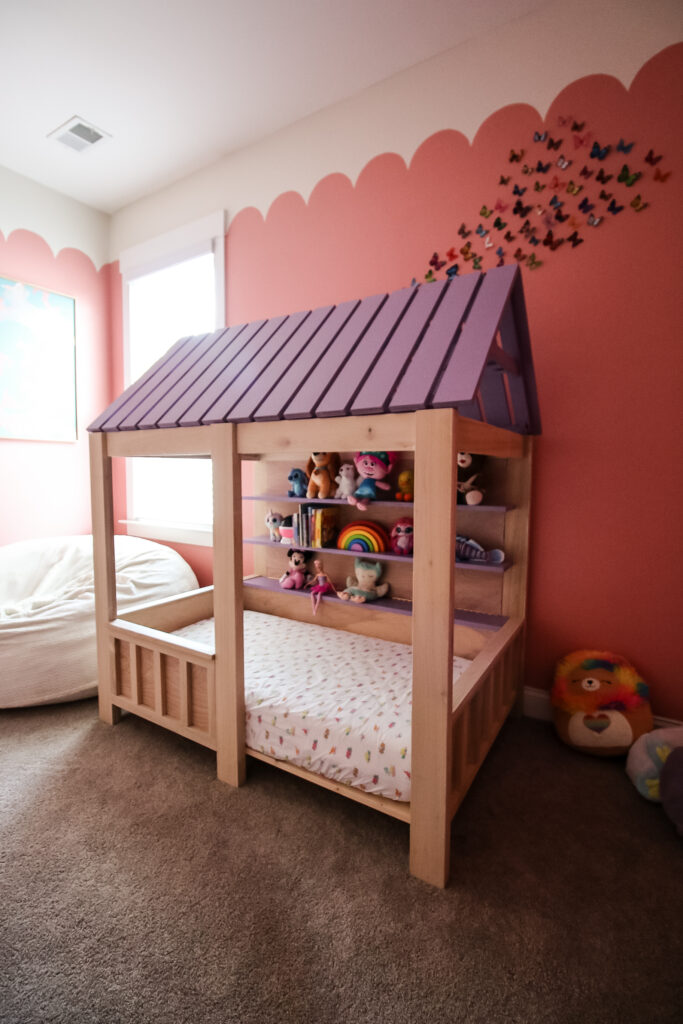
Staining Poplar
Wondering how to stain poplar wood - the right way? Poplar is really beautiful on it’s own and doesn’t even need a wood stain – oil is often all it needs – but you can also add a stain to it.
Poplar has a tendency of taking stains - especially dark colors - in a splotchy way. That's why it's really important to sand your project down evenly.
One important thing to remember about poplar is that it comes in a lot of different colors. With so many different possibilities, it’s really best to test poplar on the exact poplar boards that you are building with – save a scrap if you can!
Gel stains are thicker than more watery stains. Gel stains tend to take more evenly on soft wood, including poplar wood!
Additionally, applying a pre-stain wood conditioner can help to even out the absorption of the wood stain.
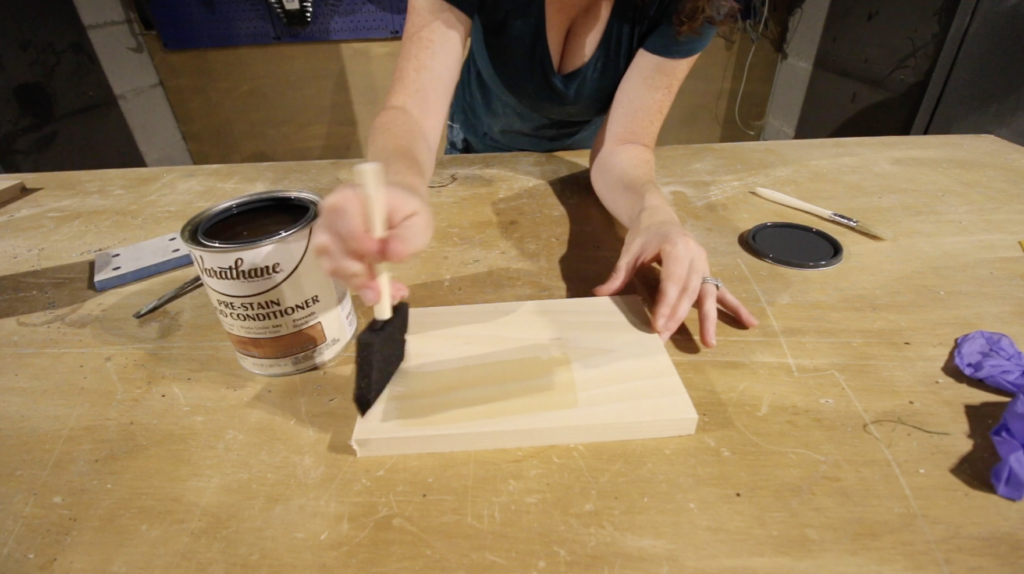
Poplar Wood Maintenance and Care
If you have a project or piece of furniture already made from poplar, you might be wondering how to maintain it. Here are some tips and tricks!
Cleaning Tips
You want to keep your wood surfaces clean and dust-free to help preserve the finish!
- Use a soft, dry cloth or a microfiber duster to remove dust from poplar wood surfaces regularly.
- Clean poplar wood with soap and water. Mix a small amount of mild dish soap with water, dampen a soft cloth, and gently wipe the surface.
- Avoid using harsh chemicals or abrasive cleaners, as they can damage the wood and finish.
- Wipe up spills immediately using a damp cloth to prevent staining and warping.
- For sticky spills, use a mixture of water and white vinegar in equal parts. Dampen a cloth with the solution and gently wipe the spill to remove the stick.
- Occasionally polish poplar wood with a furniture polish or beeswax to maintain its shine and protect the surface. Apply the polish with a soft cloth following the wood grain direction.
Repairing Damages
Here's how to fix scratches, dents, and other common issues in polar wood.
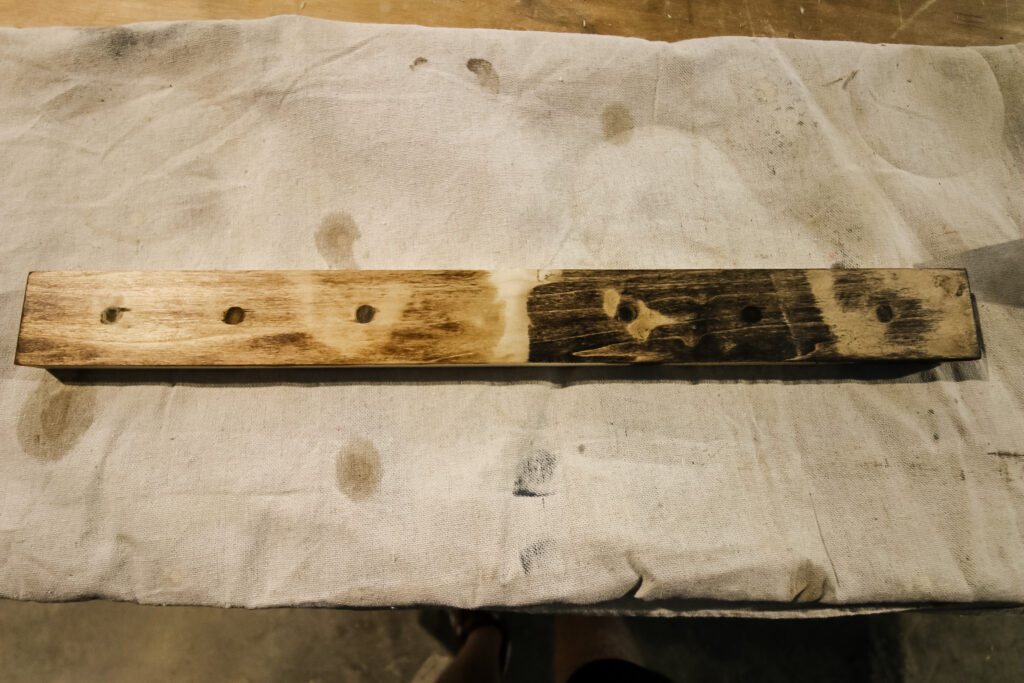
Minor Scratches:
For light scratches, use a touch-up marker or filler stick that matches the wood color. Apply the marker or wax to the scratch and buff it with a soft cloth.
Dents:
- Place a damp cloth over the dent and apply a hot iron to the cloth for a few seconds. The steam will cause the wood fibers to expand, reducing the appearance of the dent. Repeat as necessary.
- Sand the area lightly with fine-grit sandpaper and reapply the finish if needed.
Deeper Scratches and Gouges:
- Fill deeper scratches and gouges with wood filler that matches the color of your poplar wood, or even make your own wood filler with sawdust from your exact boards and some wood glue.
- Apply the filler with a putty knife, let it dry, and then sand it smooth.
- Refinish the area with a matching stain or paint to blend it with the rest of the wood.
Loose Joints or Cracks:
For loose joints, apply wood glue and clamp the pieces together until the glue dries.
Fill small cracks with wood filler and sand smooth.
For larger cracks, use a wood epoxy, which can be molded to fit the crack and then sanded and finished.
Long-term Maintenance
Here are some tips for long term durability and longevity of poplar wood.
- Periodically inspect your poplar wood items for signs of wear, damage, or loose joints. Address any issues promptly to prevent further damage.
- Keep poplar wood furniture and projects away from direct sunlight to prevent fading and drying out.
- Maintain a stable indoor humidity level to prevent the wood from expanding and contracting, which can lead to cracks and warping.
- Use coasters, placemats, and trivets to protect the wood surface from heat, moisture, and scratches.
- Place felt pads under the legs of furniture to prevent scratches on floors and the bottom of the furniture.
- Over time, the finish on poplar wood may wear off. Consider refinishing the wood periodically to restore its appearance and protection. Sand the surface lightly, apply a new coat of stain or paint, and seal with a clear protective finish.
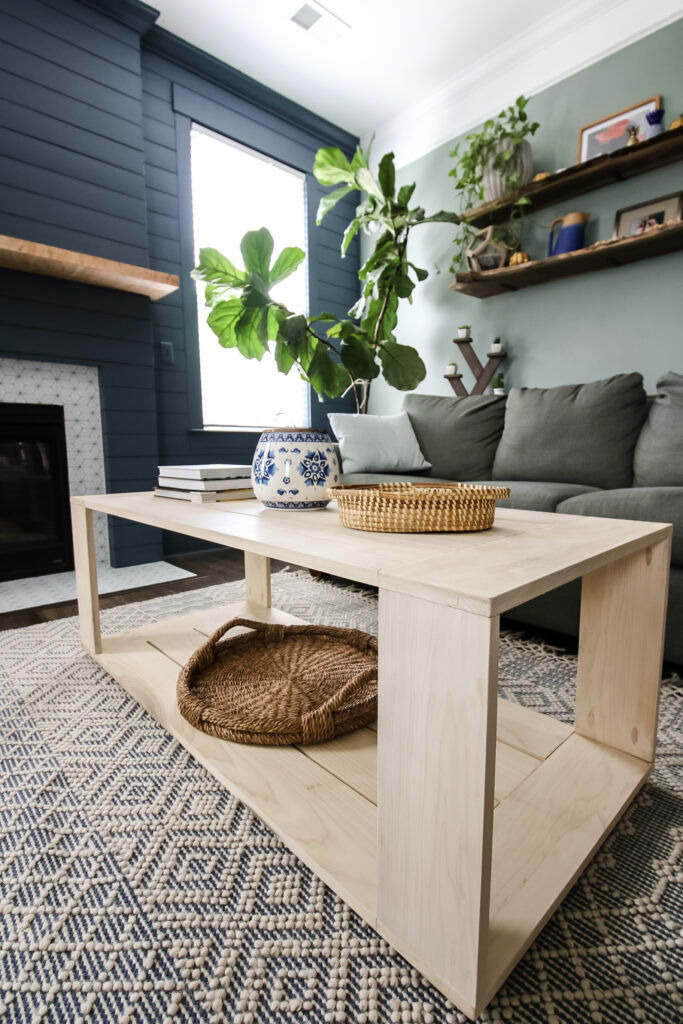
Poplar Wood Projects for Beginners
Here are some examples of projects we have made with poplar lumber!
- Modern four poster canopy bed
- Rectangular slatted coffee table
- Dining table with geometric legs
- House shaped bed
- Bench with angled legs
- Loft bed with bookcase
- Watch and accessories organizer
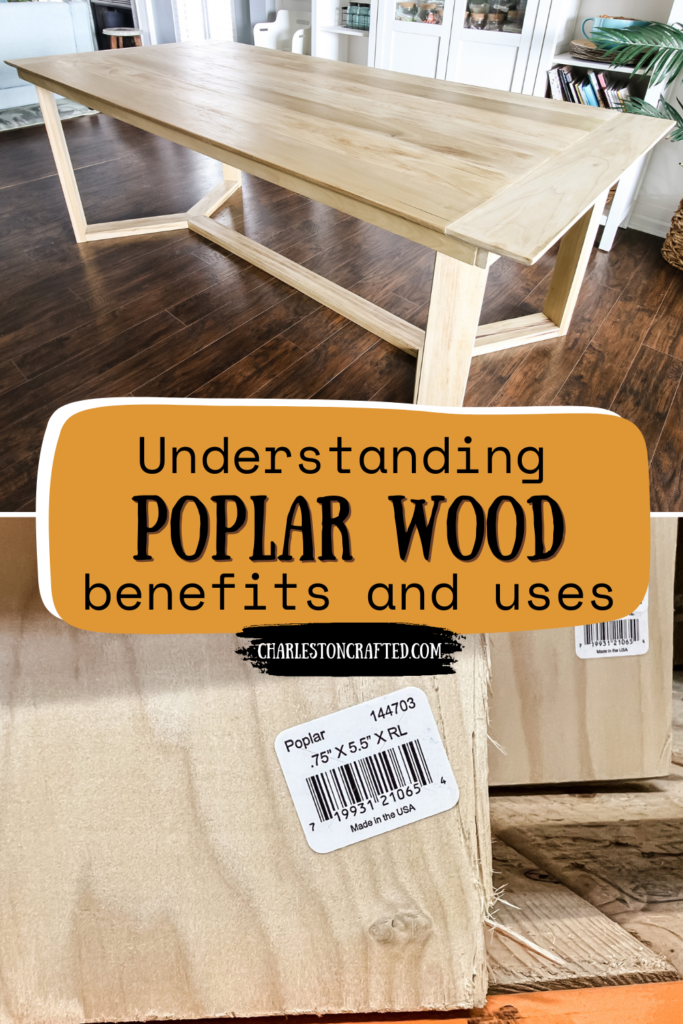
Poplar is a great beginner-friendly wood to use for furniture and decor projects. As long as you understand it's limitations, it can be a great lumber species to work with!
Any questions about Poplar?
Looking for something?
We've been doing this since 2012 so we have a LOT of blog posts!
Search stuff like: Ceiling Projects | DIY Plant Stands | Thrift Flips


Hello, I'm Morgan, half of the creative force behind CharlestonCrafted.com! With a passion for DIY that dates back to 2012, I've transformed three homes and now I'm dedicated to helping others craft their dream spaces. Let's turn your house into a home together!



